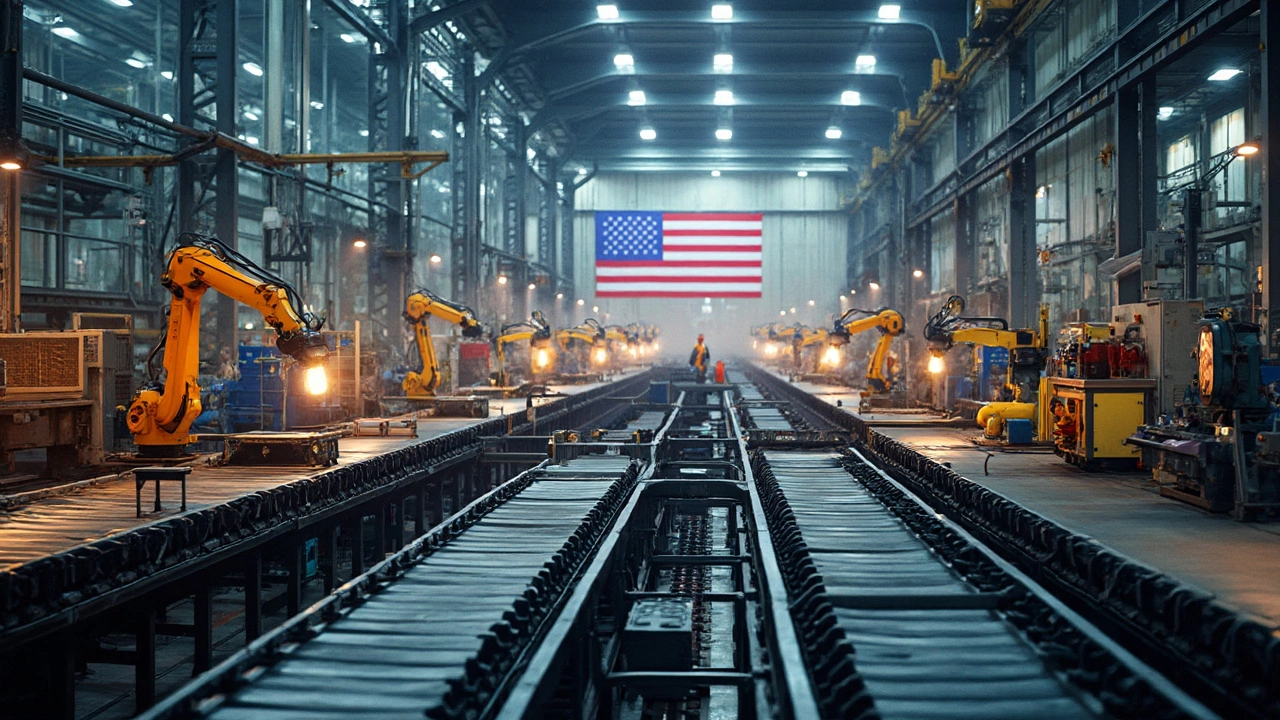Industry Growth: Key Drivers Boosting Indian Manufacturing
India’s factories are humming louder than ever. Cheap labor, big government push, and a rising middle class are turning the country into a massive production hub. If you’re wondering why every sector—from medicines to furniture—seems to be expanding, the answer lies in a few simple forces.
Why Indian Manufacturing Is Booming
First, cost matters. Companies can make a product for a fraction of the price they’d pay in the West. That cheapness doesn’t just come from wages; it’s also about scale. Huge plants in Gujarat, Maharashtra, and Tamil Nadu churn out thousands of units daily, lowering per‑unit costs.
Second, skills are improving fast. Technical schools and on‑the‑job training programs are flooding the market with workers who know how to run modern equipment. This skill boost is why the pharma sector can produce complex generics at scale and why furniture makers are moving from hand‑craft to automated cutting.
Third, the government’s policies are friendly. Tax breaks, export incentives, and relaxed land rules make it easier to set up a new factory. The recent push for “Make in India” has attracted foreign investors, especially in machinery and electronics.
Fourth, technology is leveling the playing field. IoT sensors, AI‑driven quality checks, and cloud‑based planning tools let small firms compete with big players. For example, a mid‑size textile unit can now track every bolt of cloth in real time, cutting waste and improving delivery speed.
How Air‑Control Solutions Power the Next Wave
All this growth needs a reliable environment inside the plant. That’s where air‑control systems come in. Proper ventilation, temperature regulation, and dust filtration keep machines running smoothly and protect workers’ health.
In pharma, clean‑room air handling prevents contamination, ensuring medicines meet strict quality standards. In steel and heavy‑machinery shops, robust ventilation removes harmful fumes and reduces downtime caused by overheating equipment. Even furniture factories benefit from humidity control, which stops wood from warping.
Blue D Air Control provides modular solutions that scale with the plant size. A small workshop can start with a basic exhaust fan, while a large auto‑parts plant can install a network of smart vents that adjust flow based on sensor data. The result is lower energy bills, fewer breakdowns, and a safer workplace.
Looking ahead, the growth story isn’t slowing down. By 2025, sectors like renewable energy components and electric‑vehicle parts are expected to add billions to the manufacturing output. Companies that invest in efficient air‑control and automation now will be ready to meet that demand without spiraling costs.
Bottom line: India’s industry growth is driven by low costs, skilled labor, supportive policies, and smart tech. Adding a solid air‑control system makes that growth sustainable and profitable. Whether you’re a startup or an established player, the right environment inside your factory can be the difference between just surviving and truly thriving.

Manufacturing Leader: Which State Tops the List?
Discover which state leads the nation in manufacturing output and jobs. This article digs into why that state holds the top spot, including government programs and real numbers. Find out how local policies shape success on the factory floor. See how other leading states compare, and pick up tips if you want your business to tap into these hot areas. Get a real-world take on America’s manufacturing engine.
